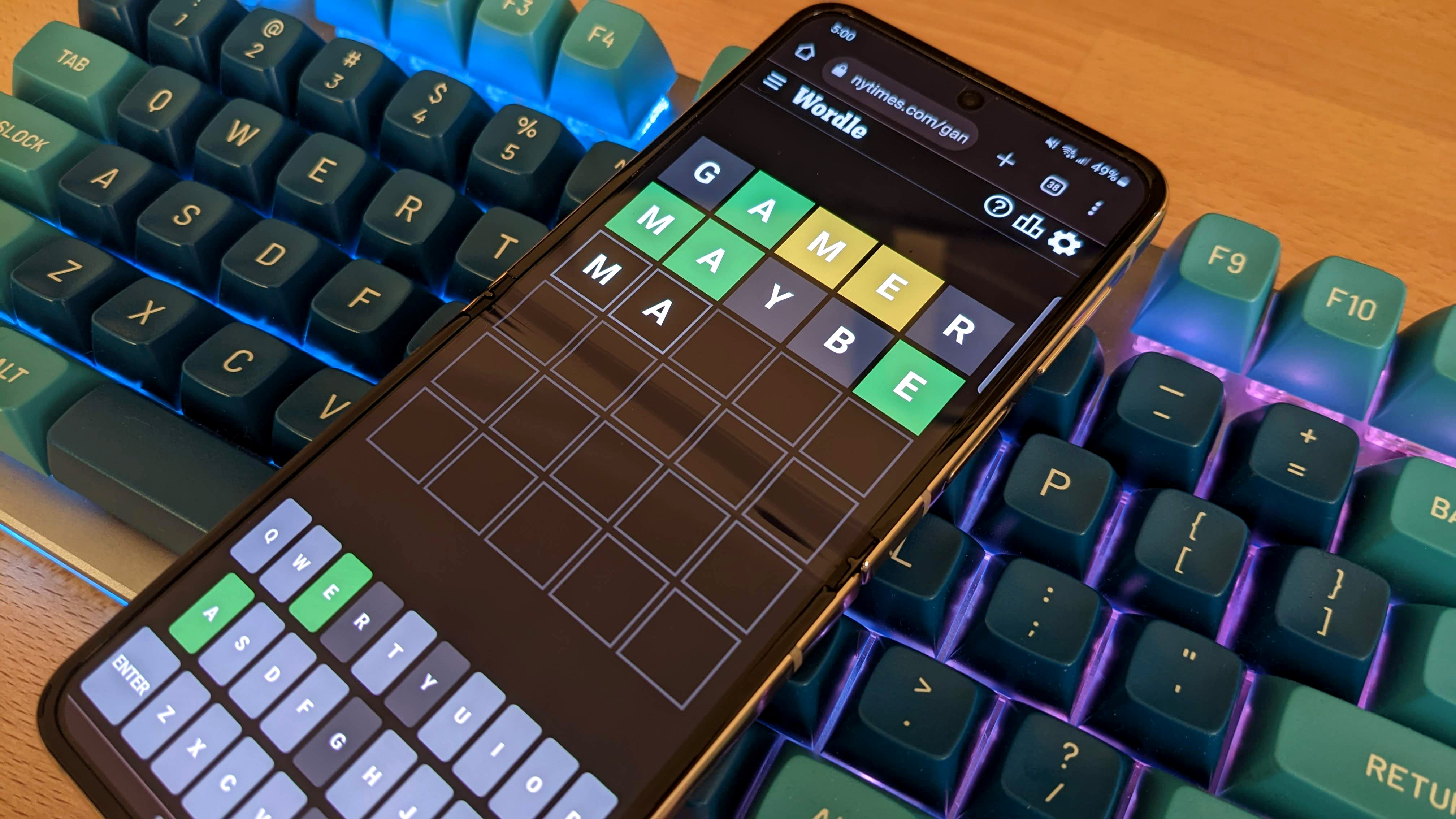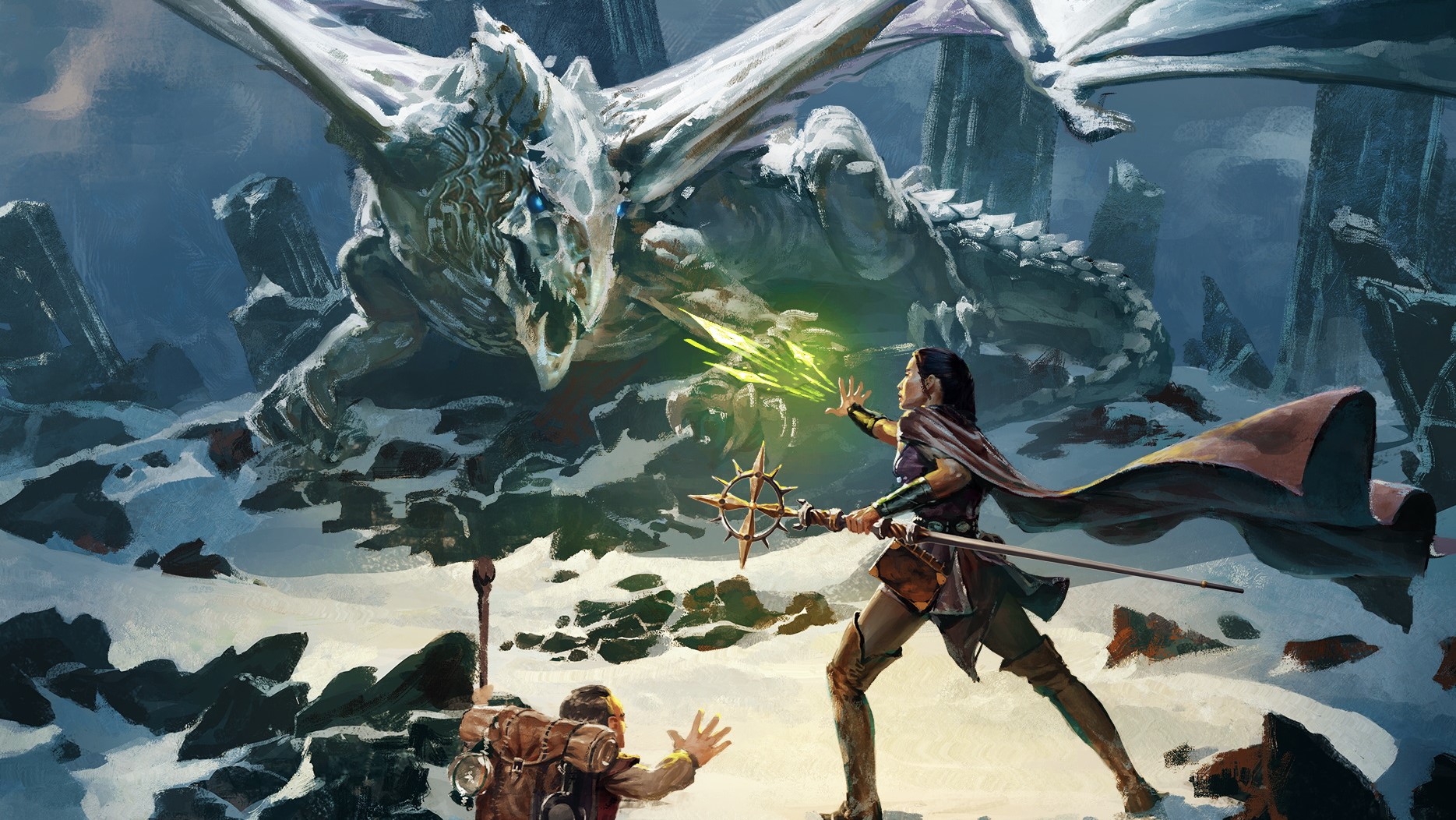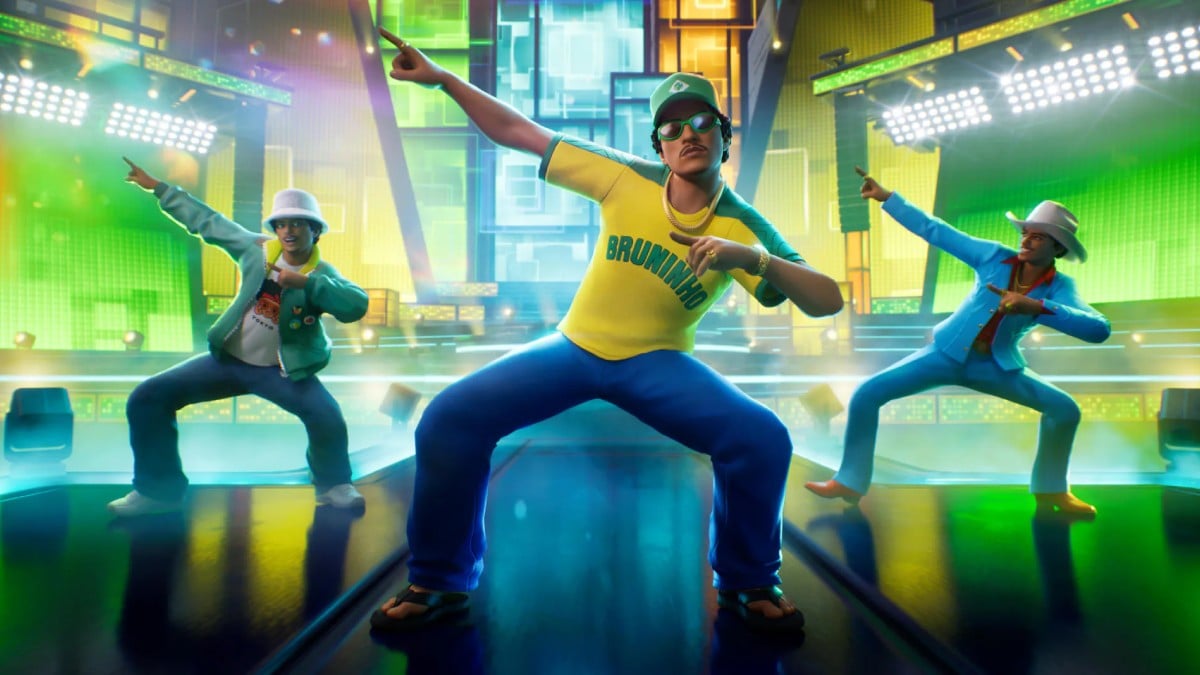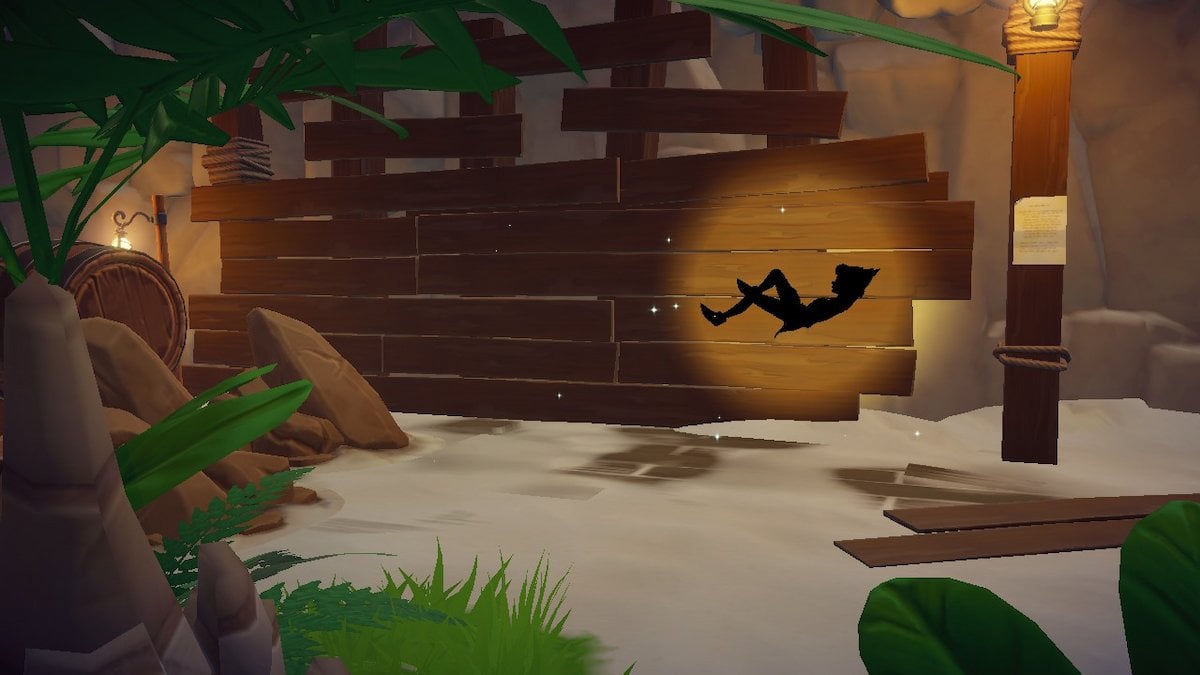
You know how it is – you go years without a sci-fi survival horror game set in the distant depths of space, and then two arrive in consecutive months. The first, The Callisto Protocol, a spiritual successor to the Dead Space series helmed by Dead Space creator Glen Schofield and reportedly endowed with a monster development budget, released this past December with notable performance issues and ultimately failed to hit its sales targets. The second, a remake of the original 2008 Dead Space crafted with considerable care and creativity by Motive Studio, arrived this past week and managed to outdo the original in almost every way. Earlier in 2022, Schofield was quoted as being “kind of bummed” about not having any involvement in remaking the seminal survival horror game that put his name on the map. One can only wonder how he’s feeling now.
To be clear, I enjoyed my time overall with The Callisto Protocol, even though I felt a number of issues ultimately held it back from greatness, and I think it does eclipse Dead Space in a handful of areas. I’d say the performances from its lead actors, Josh Duhamel as Jacob Lee and Karen Fukuhara as Dani Nakamura, are slightly stronger than that of the cast featured aboard the USG Ishimura, and The Callisto Protocol also takes the prize for serving up the most uncomfortably convincing level of blood and gristle, with a level of onscreen meat-mulching that would make even the most gore-hungry gamer consider becoming a videogame vegan. That said, in almost every other comparison with both the original Dead Space and now even more so with its remake, The Callisto Protocol comes up shorter than a necromorph with its knees knocked out.
Much like Dead Space, Striking Distance Studios’ prison break game involves prison-breaking the arms and legs right off its mutated inhabitants, but the tools you’re given to get the joint-severing job done just don’t have the same kind of panache as Isaac Clarke’s iconic arsenal of repurposed mining implements. The Callisto Protocol is saddled with an ordinary ordnance limited to pistols, shotguns, and an assault rifle, which feel satisfying enough to shoot but are ultimately indistinct from the firearms featured in any number of other action games. To its credit it does differentiate itself with a melee-heavy focus in its opening hours complete with axes and stun batons, but while going toe-to-toe with two-headed titans isn’t a complete swing and a miss, the slightly fussy timing of the melee mechanic means as a feature it lands as more of a glancing blow than a knockout punch.
By the midpoint of Dead Space, however, Isaac is truly spoilt for choice when it comes to creative killing. The swiveling head of his Plasma Cutter may as well have been engineered by the Gillette razor corporation for how effective it is at shaving the stubborn limbs off necromorphs no matter which way their bodies are angled. The Ripper’s spinning saw blade lets you prune the parts off each freak with vengeful glee like you’re attacking the annoying tree branches coming from over your neighbour’s fence. Meanwhile the Contact Beam literally hoses the decaying flesh right off each necromorph’s bones like you’ve somehow stumbled onto an R-rated patch for PowerWash Simulator. Each of these work perfectly in tandem with Dead Space’s object-throwing Kinesis and enemy-slowing Stasis abilities, giving you a variety of ways to problem-solve your way out of each roomful of angry undead astronauts.
The Callisto Protocol’s Jacob is a blunt instrument, while Dead Space’s Isaac is a sci-fi Swiss Army knife.
While sadly there’s no Stasis in The Callisto Protocol, there is a Kinesis equivalent. However it’s overpowered and too easily abused, allowing you to lift enemies off their feet and hurl them into the always conveniently placed spiked walls and exposed fan blades, meaning you’re able to clear entire areas of threats with a few hand gestures before they’ve had a chance to notice you. It’s fun to quickly Force-push mutants to their doom like you’re a Jedi who’s running late for a council meeting, but it hardly maintains a sense of tension. There really is no contest when it comes to combat variety and balance; The Callisto Protocol’s Jacob is a blunt instrument, while Dead Space’s Isaac is a sci-fi Swiss Army knife.
Isaac is also pitted against a decidedly more ghastly group of ghouls than what Jacob has to contend with. As I stated earlier, The Callisto Protocol’s vivid depiction of viscera is not to be undersold, but most of its enemies are gross in a reanimated roadkill kind of way. Dead Space’s nasties, on the other hand, are the stuff of proper cosmic horror nightmares. There’s a reason that horror movie maestro John Carpenter would love to make a film out of the Dead Space series, and it’s because game recognises game. Or I guess, moviemaking gamer recognises game inspired by moviemaker’s movies. At any rate, it’s clear that Dead Space’s creature designs are a cut above and they come in more shapes and sizes, from tiny tentacle-sprouting babies to a towering Leviathan that can only be described as looking like the largest arsehole in the universe this side of Uranus. (Sorry.)
The Callisto Protocol’s level structure is equally as narrow as its number of enemy types. It certainly serves up some striking and unsettling locales like its opening prison cell block and fetid waste management, but rarely does it give you a moment to linger. It just sluices you through them in a surge of forward momentum, slamming the door shut behind you at the start of each chapter with no way to backtrack for secrets you may have missed. Striking Distance Studios’ artists did an incredible job at realising each area of the Black Iron Prison, so it’s a shame it largely all passes by in a blur with little reason to ever stop in order to scrutinise your surroundings.
On the other hand, in the Dead Space remake you’re given the ability to shuttle back and forth between the various decks of the USG Ishimura, and you’re incentivised to do so with locked doors that can be accessed as Isaac’s security level increases. Doing so gives you access to precious resources and upgrades, and a multi-part side mission that tasks you with tracking down a number of the ‘RIGs’ discarded by deceased crew members that can eventually be combined into an all-access skeleton key for every room and cabinet on the ship. Further, as you return through previously visited areas, Dead Space surprises you with additional enemy ambushes so that you can never really feel safe, and tucks away some interesting environmental puzzles to discover that bring welcome diversions to all the death and destruction. Dead Space encourages you to truly submerge yourself in its haunted house of horrors, while The Callisto Protocol is effectively a rollercoaster ride; thrillingly brisk in pace but linear in direction.
The Callisto Protocol ist a rollercoaster that eventually runs out of track
at least as far as its story goes. The Callisto Protocol’s campaign is done in less than eight hours, and although you do ultimately find out how its outbreak occurred, there’s an abruptness to the credits screen that leaves you with a sense that it’s a few hour-long episodes short of a full season of television – at least in terms of the fates of certain characters. On the other hand, despite the fact there’s clearly more to Isaac’s story as evidenced by the existence of Dead Space 2 and 3, Dead Space resolves the events onboard the Ishimura in an extremely satisfying way, even more so in the remake which makes some clever character alterations to better sell its plot-twisting climax.
To be fair, some of The Callisto Protocol’s shortcomings could well be remedied in time. A NewGame+ mode that was noticeably absent at launch has recently been added as part of a free update, while additional gory death animations, new weapons, and added story DLC is promised for later in the year – although these are coming as part of paid season pass content. There’s plenty to build on in The Callisto Protocol, and I’d certainly welcome the announcement of a sequel, too, just… not as much as I’d welcome the announcement of a Dead Space 2 remake helmed by Motive Studio. Because ultimately while The Callisto Protocol is not without its charms, Dead Space still treats it like it’s a suspicious-looking corpse and stomps all over it.
Tristan Ogilvie is a video producer in IGN’s Sydney office. He’s never fought any machines in real life, although he did once have a tense altercation with a robot bartender in Tokyo. He almost never tweets here.





